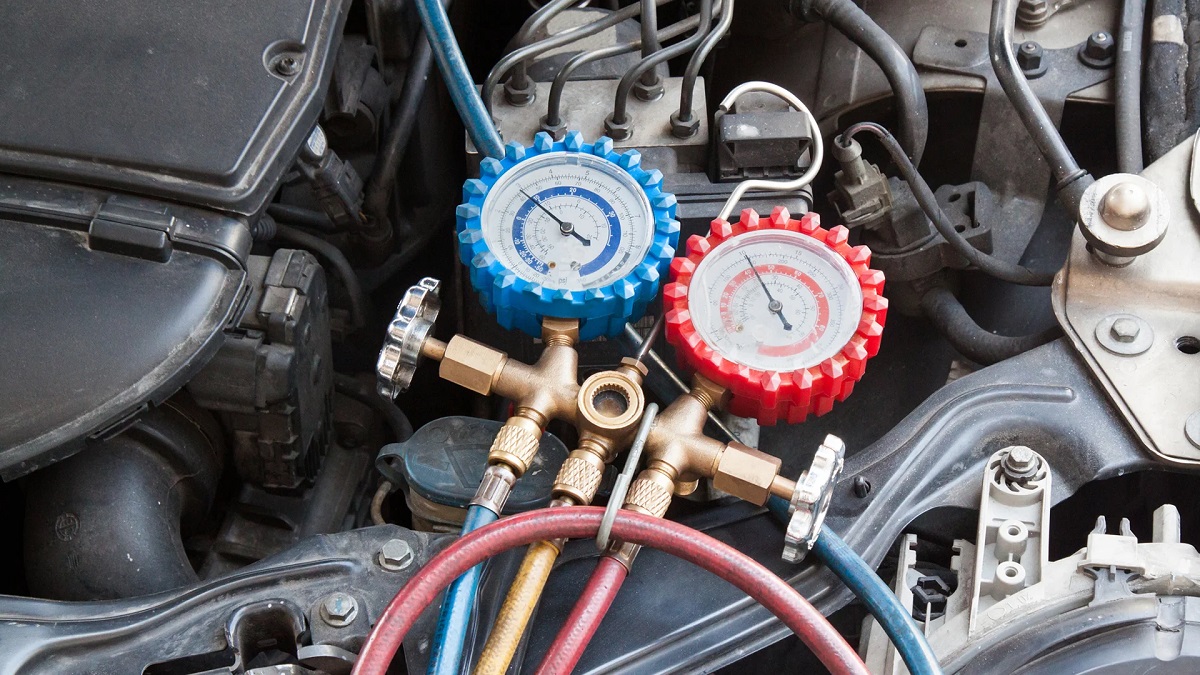

Articles
How Often To Recharge AC In Car
Modified: March 2, 2024
Discover how often you should recharge the AC in your car with our informative articles. Keep your car cool and comfortable all year round.
(Many of the links in this article redirect to a specific reviewed product. Your purchase of these products through affiliate links helps to generate commission for Storables.com, at no extra cost. Learn more)
Introduction
Proper air conditioning is essential for a comfortable driving experience, especially during hot summer days. However, over time, the AC system in your car may lose its cooling efficiency and require recharging. Understanding how often to recharge the AC in your car is crucial for keeping the system running smoothly and ensuring maximum comfort on the road.
In this article, we will explore the reasons for recharging the AC system, signs that indicate the need for a recharge, the frequency of recharging, factors that affect the frequency, how to recharge the AC system in your car, and tips for maintaining AC system efficiency.
Let’s dive into the details and learn how to ensure your car’s AC system functions optimally to provide a cool and refreshing driving experience.
Key Takeaways:
- Regular maintenance and timely recharging of your car’s AC system are essential to ensure optimal cooling performance and prevent potential damage to AC components. Stay proactive and enjoy a comfortable driving experience.
- Factors such as climate, driving habits, and the overall condition of the AC system can influence the frequency of recharging. Consult with a qualified technician and follow maintenance tips to keep your AC system running efficiently.
Read more: How Often To Recharge Home AC
Reasons for Recharging AC in a Car
There are several reasons why you may need to recharge the AC system in your car. Over time, refrigerant gas, which is responsible for cooling the air, can escape from the system due to leaks or normal wear and tear. When the refrigerant level becomes low, the AC system loses its ability to cool effectively. Recharging the AC system replenishes the refrigerant, ensuring optimal cooling performance.
Another reason for recharging the AC in your car is that the refrigerant contains a lubricant that keeps the compressor running smoothly. When the refrigerant level is low, the compressor can be at risk of damage due to insufficient lubrication. Recharging the AC system helps maintain the lubricant level and prolong the life of the compressor.
Additionally, contaminants, such as moisture and debris, can enter the AC system over time. These contaminants can impair the functionality of various components, leading to decreased cooling performance or system failures. Recharging the AC system involves removing these contaminants and ensuring the system operates efficiently.
Lastly, inconsistent use of the AC system can contribute to the need for recharging. If you frequently turn the AC on and off or only use it seasonally, the refrigerant can settle in certain parts of the system, leading to an imbalance. Recharging the AC system redistributes the refrigerant and restores balance, resulting in consistent cooling performance.
It’s important to note that recharging the AC system is a maintenance task that should be done when necessary. Regular inspection of the AC system can help identify any issues and determine when a recharge is required. Ignoring the need for a recharge can lead to decreased cooling performance, increased fuel consumption, and potential damage to AC components.
In the next section, we will discuss the signs that indicate your AC system needs to be recharged.
Signs that the AC System Needs to be Recharged
Recognizing the signs that your car’s AC system needs to be recharged is essential for maintaining optimal cooling performance. Here are some common indicators that indicate it’s time for a recharge:
- Decreased Cooling Effectiveness: One of the most obvious signs is a decrease in the cooling effectiveness of the AC system. If you notice that the air coming from the vents is not as cool as it used to be or doesn’t cool the cabin efficiently, it may be a sign that the refrigerant level is low and a recharge is needed.
- Warm Air: If warm air is blowing from the vents when the AC is turned on, it is a clear indication of a problem with the refrigerant level. The lack of sufficient refrigerant prevents the system from producing cold air, resulting in warm air circulation.
- Slow Cooling: Another sign that your AC system needs to be recharged is when it takes longer than usual to cool down the cabin. If you find that it takes significantly more time for the AC system to achieve the desired temperature, it may be due to a low refrigerant level.
- Frequent Cycling: A properly functioning AC system should cycle on and off at regular intervals to maintain the desired temperature. However, if you notice that the AC is cycling more frequently than usual or seems to be running constantly, it may indicate a low refrigerant level.
- Strange Noises: Unusual noises coming from the AC system, such as hissing or bubbling sounds, can indicate a refrigerant leak. As the refrigerant escapes, it can create these noises, and addressing the leak promptly and recharging the system is necessary to restore proper functionality.
If you experience any of these signs, it’s crucial to have your AC system inspected by a qualified technician. They can identify the cause of the issue and determine whether a recharge is required. Additionally, regular maintenance checks and inspections can help catch potential AC system problems before they worsen.
In the next section, we will discuss the frequency of AC recharge and the factors that can influence it.
Frequency of AC Recharge
The frequency of AC recharge can vary depending on several factors. In general, AC systems do not require frequent recharging if there are no underlying issues or leaks. However, it’s crucial to remember that each car and its AC system are unique, so the exact frequency of recharge may differ.
As a general guideline, it is recommended to recharge the AC system in your car every 1-2 years. This timeframe allows for regular maintenance and ensures that the refrigerant level remains sufficient for efficient cooling. However, it’s essential to monitor your AC system and look for any signs that indicate the need for a recharge, as discussed in the previous section.
It’s important to note that if you notice a sudden and significant loss in cooling effectiveness or any of the other signs mentioned earlier, you should have your AC system inspected immediately, regardless of the recharge interval. These signs may indicate an issue that requires immediate attention, such as a refrigerant leak or a malfunctioning component.
Additionally, certain circumstances may necessitate more frequent AC recharges. For example, if you frequently use your AC system for extended periods or in extreme weather conditions, it may put more strain on the system, resulting in a faster depletion of the refrigerant. Similarly, if your car has been dormant or unused for an extended period, it is advisable to have the AC system inspected and potentially recharged before regular use.
Factors such as climate, driving habits, and the overall condition of the AC system can also affect the frequency of recharge. Hotter climates may require more frequent recharges due to increased AC usage and higher strain on the system. Additionally, driving on rough roads or in dusty environments can contribute to the accumulation of debris and contaminants, which may require more frequent AC maintenance and recharging.
It is always recommended to consult your car’s manual or consult with a qualified technician to determine the ideal frequency of AC recharge based on your specific vehicle and driving conditions.
Next, we will discuss the factors that can affect the frequency of AC recharge in more detail.
It is recommended to recharge your car’s AC system every 1-2 years to ensure optimal performance. However, if you notice a decrease in cooling efficiency, it may need to be recharged sooner.
Factors Affecting the Frequency of AC Recharge
Several factors can influence the frequency at which you need to recharge the AC system in your car. Being aware of these factors can help you understand why your AC system may require more frequent recharges or why it may stay functional for longer periods without the need for recharging. Here are some key factors to consider:
- AC System Age and Condition: Older AC systems or systems that have not been properly maintained may experience more frequent refrigerant leaks or component issues, leading to the need for more frequent recharges. Regular maintenance and inspections can help identify and address any potential issues before they worsen.
- Refrigerant Leaks: Refrigerant leaks can significantly affect the frequency of AC recharge. If the AC system has leaks, it will lose refrigerant over time, necessitating more frequent recharges. Identifying and repairing the leaks is critical to maintain the efficiency of the AC system and reduce the need for frequent recharges.
- Climate and Usage Patterns: The climate you drive in and the amount of time you spend using the AC system will impact the frequency of recharge. Hotter climates or constant use of the AC system, especially for long-distance driving or in heavy traffic, can put more strain on the system, resulting in a faster depletion of the refrigerant.
- Maintenance and Cleaning: Regular maintenance and cleaning of the AC system, including replacing the cabin air filter and ensuring the evaporator and condenser coils are clean, can help maintain the efficiency of the system. A well-maintained system is less likely to experience refrigerant loss and may require less frequent recharges.
- Quality of Refrigerant: The quality of the refrigerant used during a recharge can also affect the frequency of recharging. High-quality refrigerants with advanced formulations can offer better performance and leak prevention, reducing the need for frequent recharges.
- Driving Conditions: Driving on rough or unpaved roads, where the AC system is exposed to more vibrations and debris, can increase the chances of system damage or refrigerant leaks. Similarly, driving in dusty environments can lead to clogged filters and reduced efficiency, necessitating more frequent recharges.
These factors are not exhaustive, and other specific conditions may affect your AC system’s recharge frequency. It’s always recommended to consult with a qualified technician who can assess your car’s AC system and provide specific guidance based on your vehicle, driving habits, and climate.
In the next section, we will discuss how to recharge the AC system in your car.
Read more: How To Recharge AC In Car R134A
How to Recharge the AC System in a Car
Recharging the AC system in your car is a task that is best left to professionals. However, having a basic understanding of the process can help you make informed decisions and communicate effectively with the technician. Here are the general steps involved in recharging the AC system:
- Locate the Low-Pressure Port: The first step is to locate the low-pressure port in your car’s AC system. This port is typically found on the larger diameter hose of the AC system and is usually marked with an “L” or “LOW.” Refer to your car’s manual or consult with a qualified technician to locate the specific port for your vehicle.
- Prepare the Recharge Kit: Purchase an AC recharge kit that is compatible with your car’s AC system. The kit typically includes a canister of refrigerant and a hose with a pressure gauge. Make sure to read and follow the instructions provided with the kit.
- Connect the Recharge Kit: Attach the hose from the recharge kit to the low-pressure port of the AC system. Ensure a secure connection to prevent any refrigerant leakage.
- Start the Engine and Turn on the AC: Start the engine and switch on the AC system to its maximum cooling setting. This step helps ensure proper circulation of the refrigerant during the recharging process.
- Monitor the Pressure Gauge: As you begin to recharge the AC system, monitor the pressure gauge provided with the recharge kit. It will help you determine the current pressure level and ensure that you do not overcharge the system. Follow the instructions provided in the kit for optimal pressure levels.
- Recharge the System: Slowly and carefully release the refrigerant from the canister into the AC system while monitoring the pressure gauge. Be cautious not to over-recharge the system, as it can result in poor cooling performance or potential damage.
- Monitor the Temperature and Pressure: After recharging, monitor the temperature and pressure of the AC system to ensure it is functioning optimally. If you notice any issues or abnormalities, it is advisable to seek the assistance of a qualified technician.
Remember, while these steps provide a general overview of the AC recharge process, it is crucial to consult with a qualified technician for proper guidance. They have the expertise and tools necessary to recharge the AC system effectively and ensure its optimal performance.
Next, we will share some tips for maintaining the efficiency of your car’s AC system.
Tips for Maintaining AC System Efficiency
Regular maintenance and care can go a long way in keeping your car’s AC system running efficiently. Here are some tips to help maintain the efficiency of your AC system:
- Keep the AC System Running: It is beneficial to run the AC system at least once a week, even during the colder months. This helps keep the components lubricated and prevents the seals from drying out, reducing the chances of refrigerant leaks.
- Park in the Shade: Whenever possible, park your car in shaded areas to minimize the heat build-up inside the cabin. This reduces the workload on the AC system and helps maintain its cooling efficiency.
- Clean the Cabin Air Filter: The cabin air filter plays a crucial role in maintaining the quality of air inside the car. Regularly check and clean or replace the cabin air filter as recommended in your car’s manual. A clogged filter can restrict airflow and decrease the AC system’s performance.
- Inspect for Refrigerant Leaks: Regularly inspect your AC system for any signs of refrigerant leaks. These signs may include oil stains, hissing sounds, or a decrease in cooling performance. If you notice any of these signs, have the AC system inspected and repaired by a qualified technician.
- Clean the Condenser Coils: The condenser coils, located at the front of the vehicle, can accumulate dirt, debris, and insects over time. Regularly clean them with a gentle stream of water or compressed air to ensure proper airflow and cooling efficiency.
- Avoid Overworking the AC System: While the AC system provides comfort, it’s important to use it judiciously to prevent excessive strain. Avoid setting the temperature too low or blasting the air conditioner at maximum speed for prolonged periods.
- Regular Inspections: Schedule regular inspections of the AC system with a qualified technician. They can check for any issues, perform maintenance tasks such as refrigerant top-ups or leak repairs, and ensure the system is functioning optimally.
- Maintain Vibrant AC System Seals: The seals in the AC system help prevent refrigerant leaks. Applying a rubber conditioner to the seals can help maintain their elasticity and prevent drying out or cracking.
By following these tips, you can help ensure the efficient operation of your car’s AC system, prolong its lifespan, and enjoy a comfortable driving experience even on hot days.
Let’s conclude our article.
Conclusion
Properly maintaining the AC system in your car is crucial for a comfortable and enjoyable driving experience, especially during hot weather. Understanding how often to recharge the AC system and taking proactive measures to maintain its efficiency can ensure optimal cooling performance and prolong the lifespan of the system.
In this article, we discussed the reasons for recharging the AC system in a car, including refrigerant loss, lubrication maintenance, and the removal of contaminants. We also explored the signs that indicate the need for a recharge, such as decreased cooling effectiveness, warm air, and frequent cycling of the AC system.
While the general recommendation is to recharge the AC system every 1-2 years, various factors can affect the frequency of recharging. Factors such as climate, driving habits, the condition of the AC system, and the presence of refrigerant leaks can influence how often a recharge is required. Regular maintenance, including inspections and cleaning, can help maintain the efficiency of the AC system and reduce the frequency of recharging.
Recharging the AC system in your car is a task that should be performed by professionals, as they have the expertise and tools necessary for an effective recharge. However, being aware of the basic steps involved, such as locating the low-pressure port, connecting the recharge kit, and monitoring the pressure gauge, can help you communicate effectively with the technician.
To maintain the efficiency of your car’s AC system, it is important to practice regular maintenance, such as running the AC system periodically, parking in shaded areas, cleaning the cabin air filter, and inspecting for refrigerant leaks. Additionally, avoiding overworking the system and scheduling regular inspections with a qualified technician can help ensure optimal performance.
By following these guidelines, you can enjoy reliable and efficient cooling from your car’s AC system for years to come. Remember, a well-maintained AC system not only enhances your comfort but also contributes to a pleasant driving experience.
Stay cool and comfortable on the road!
Frequently Asked Questions about How Often To Recharge AC In Car
Was this page helpful?
At Storables.com, we guarantee accurate and reliable information. Our content, validated by Expert Board Contributors, is crafted following stringent Editorial Policies. We're committed to providing you with well-researched, expert-backed insights for all your informational needs.
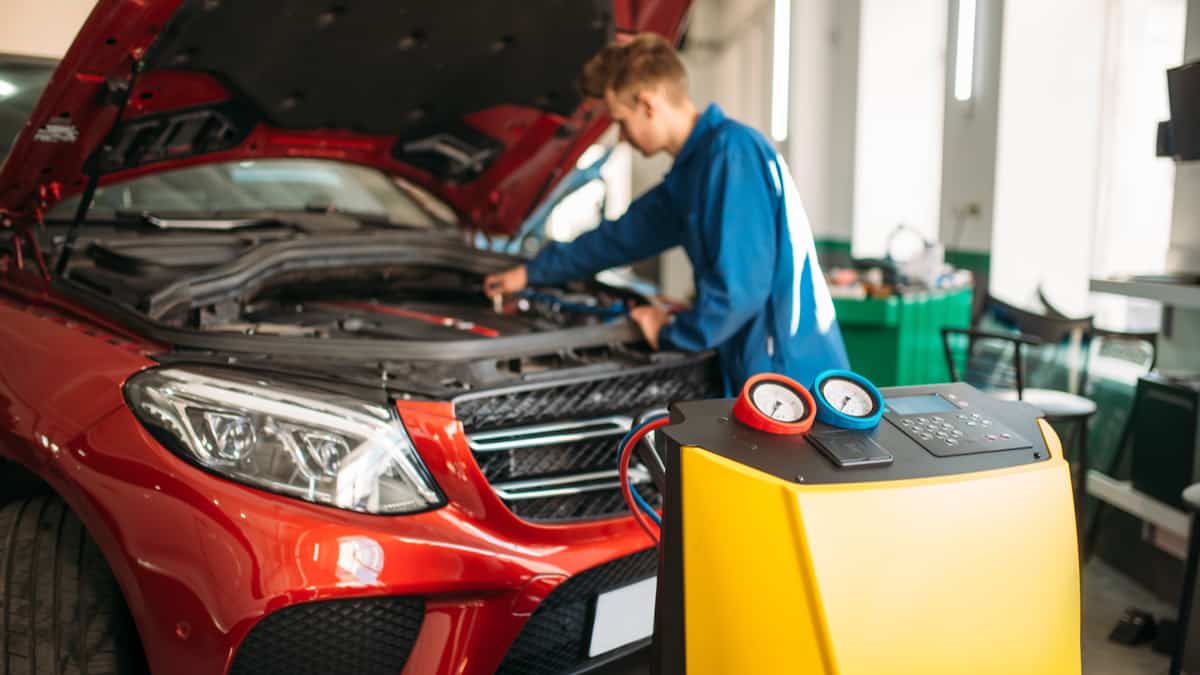
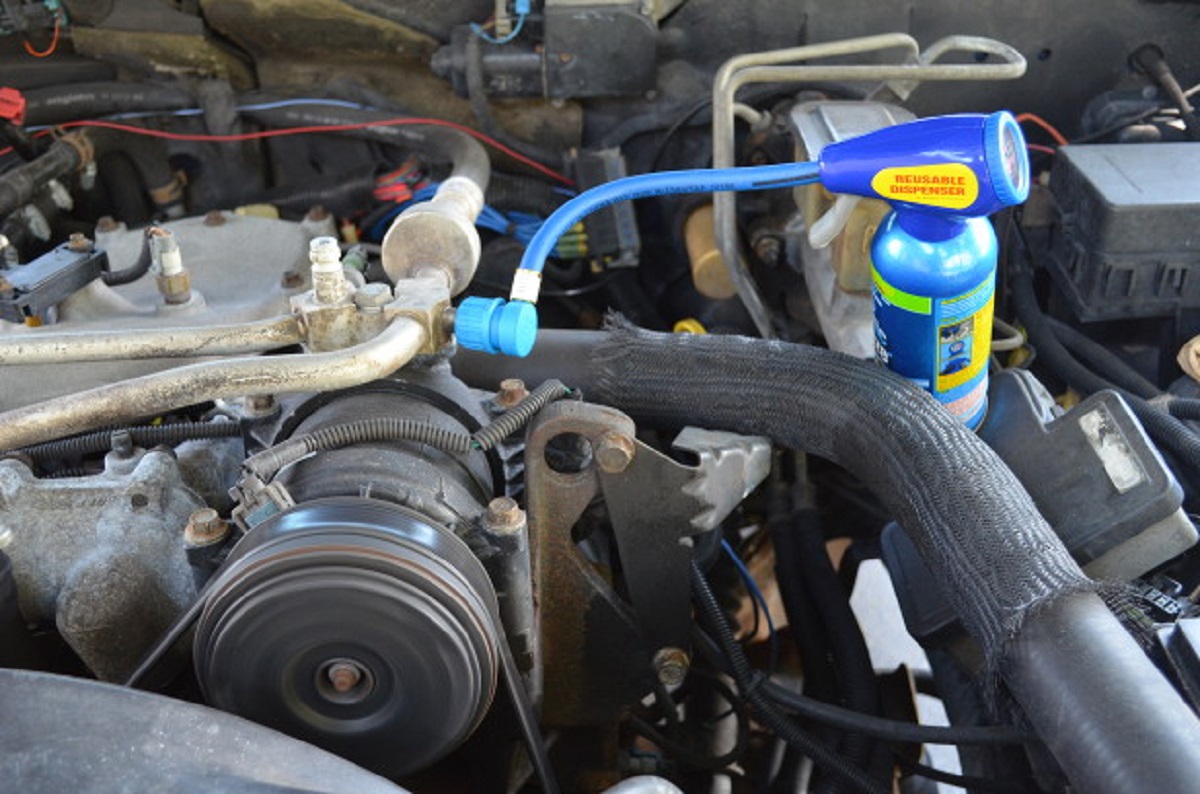
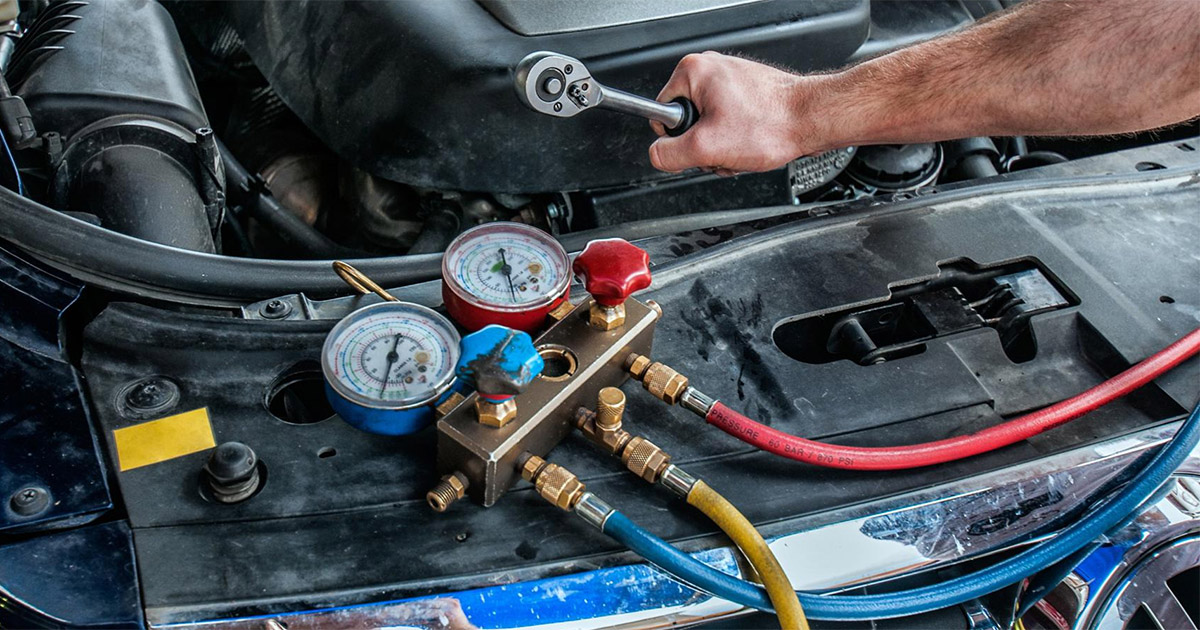
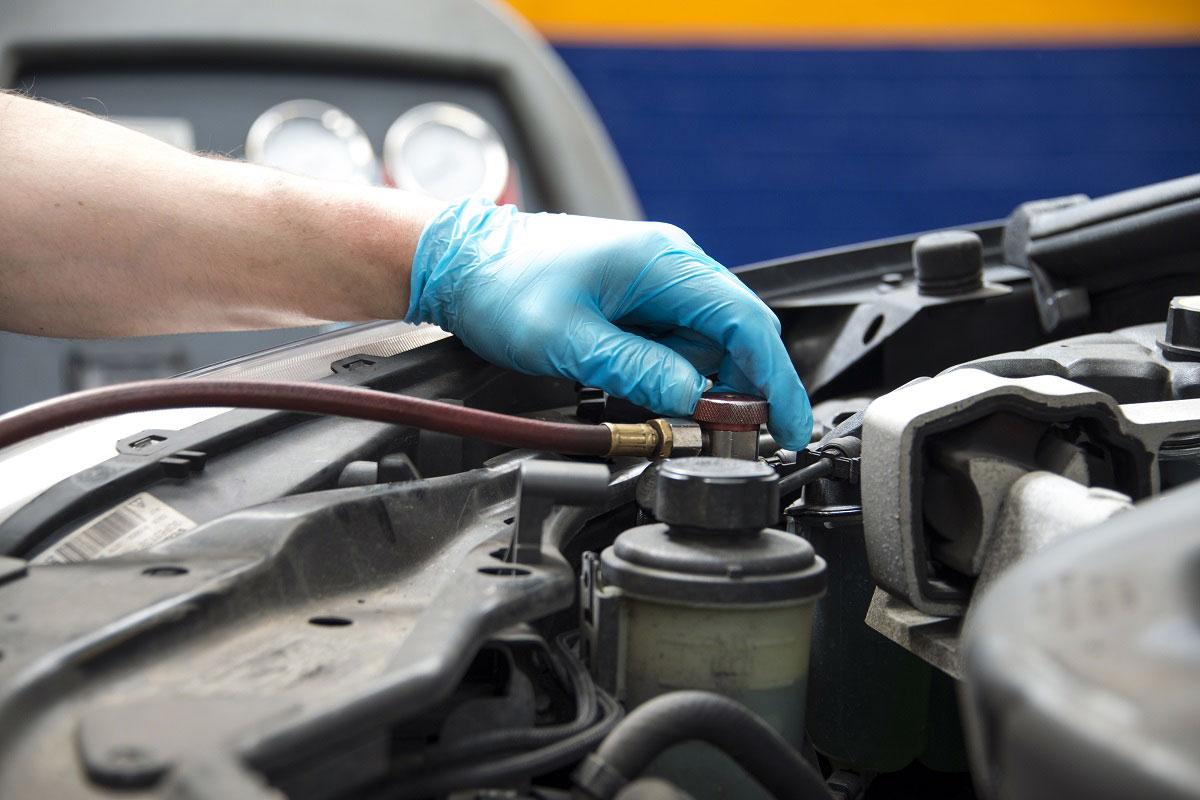

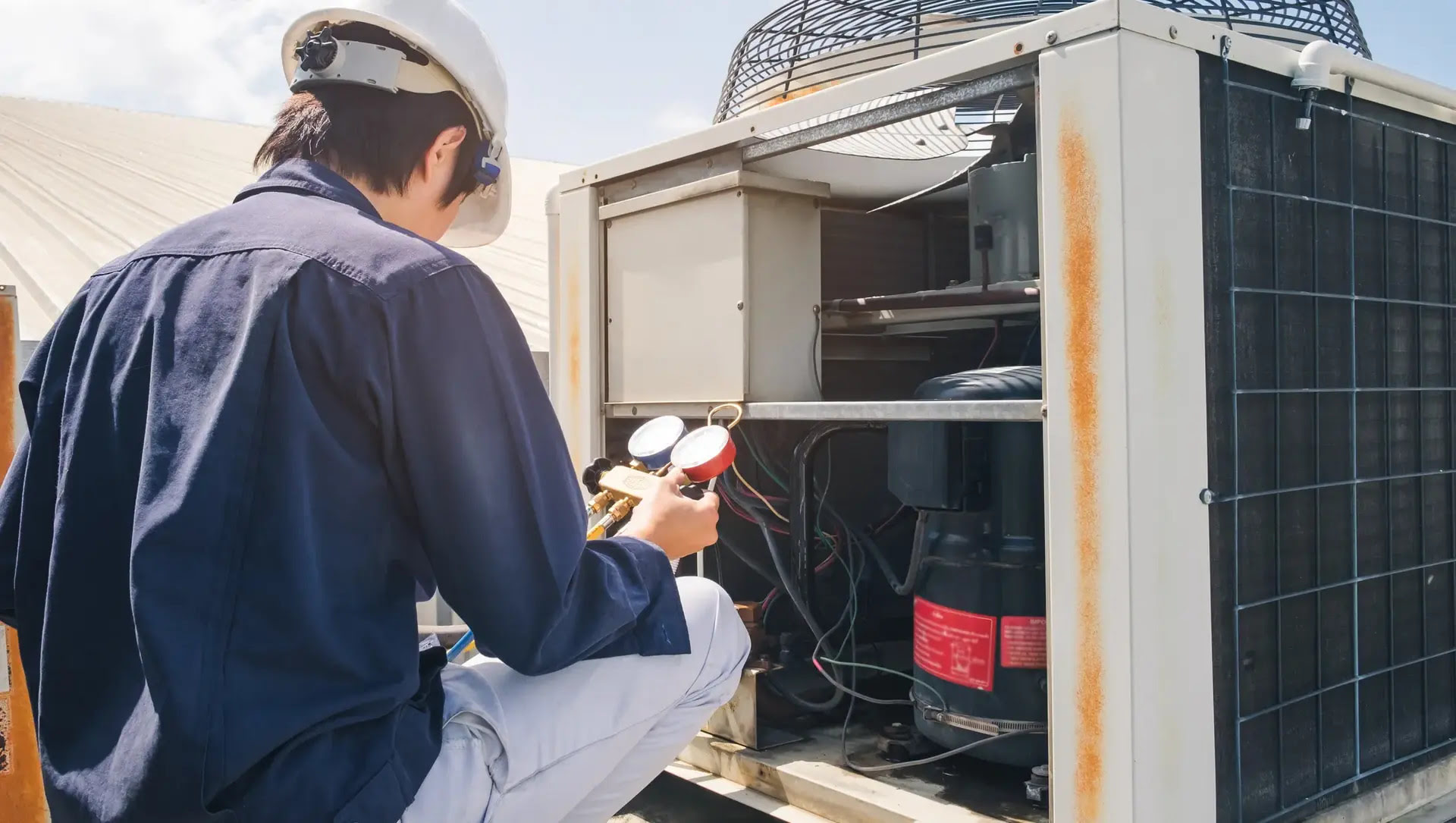
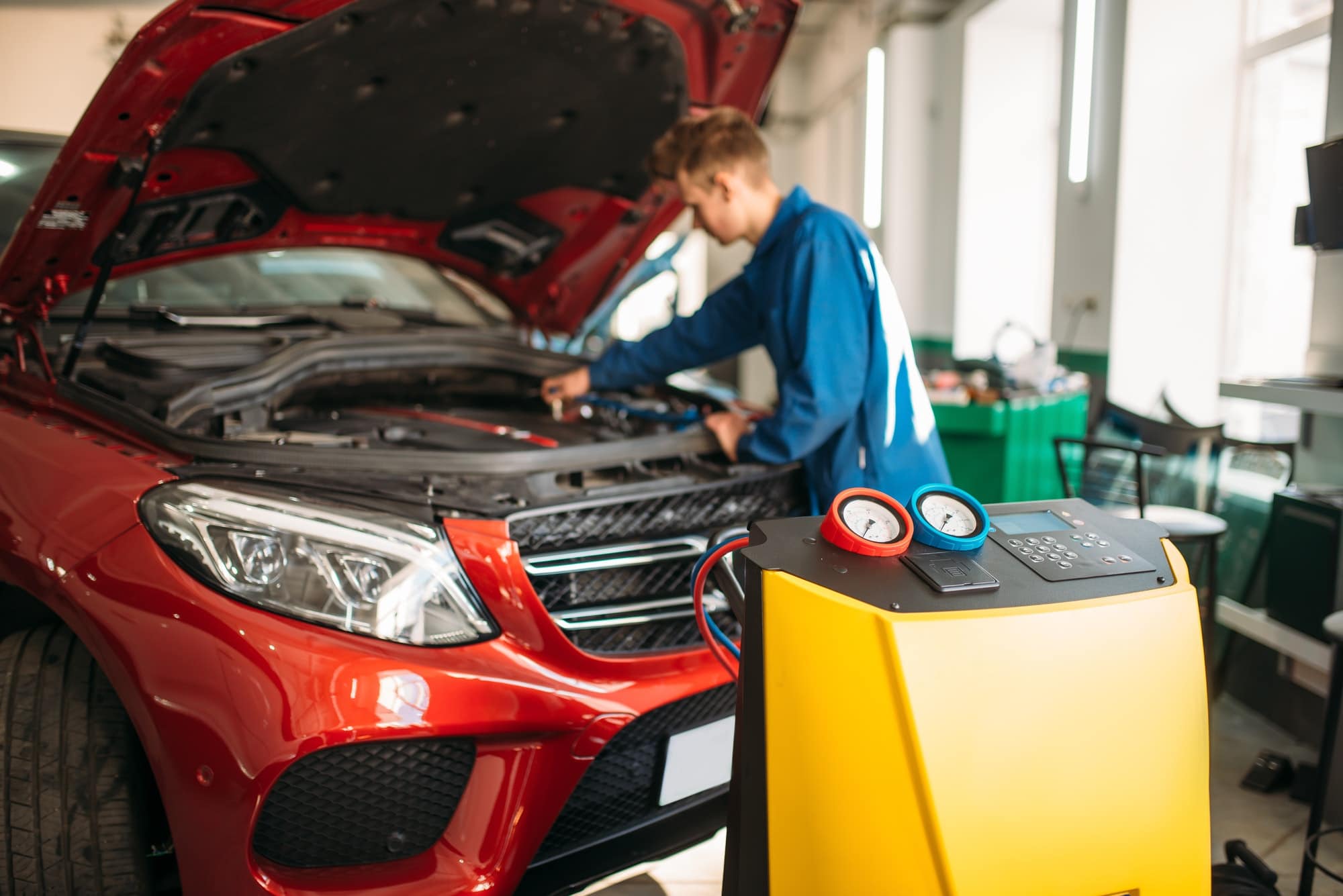
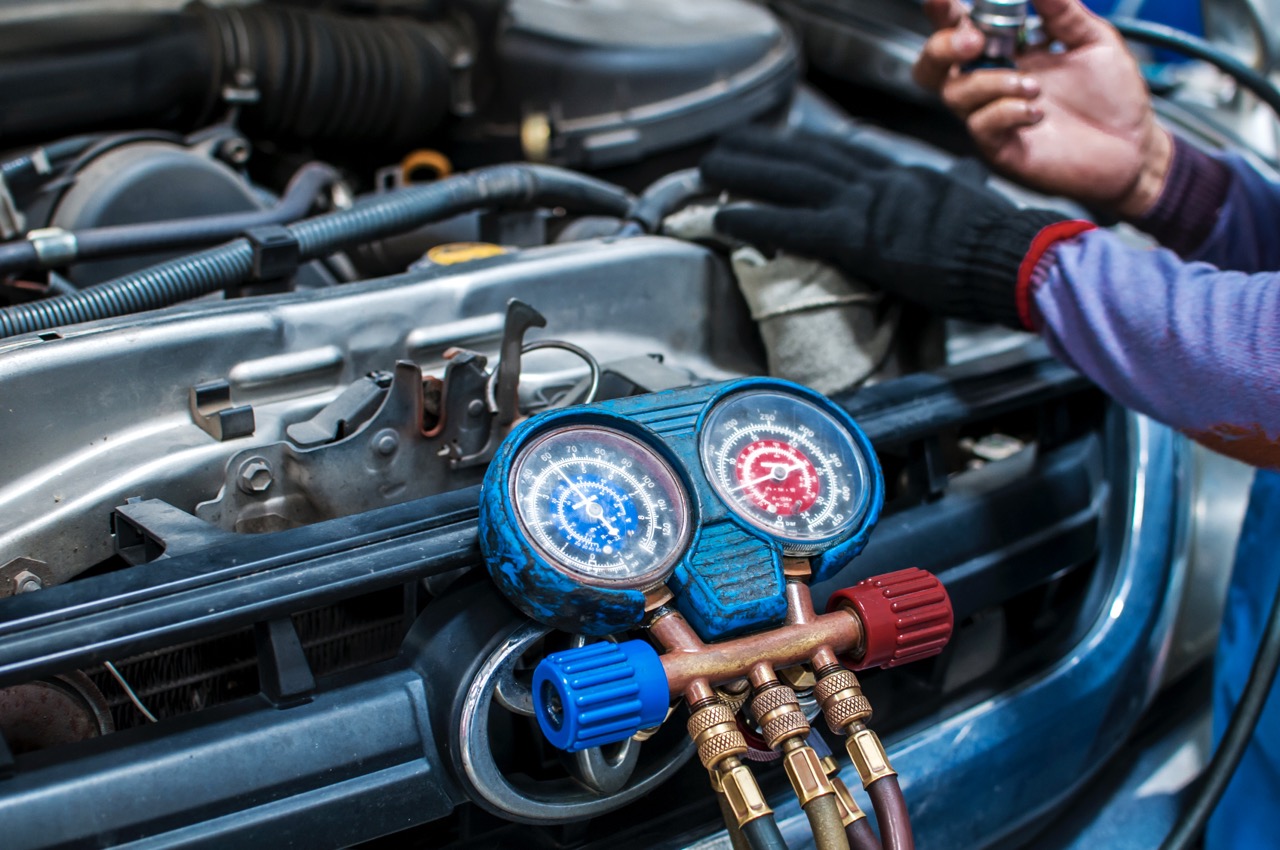
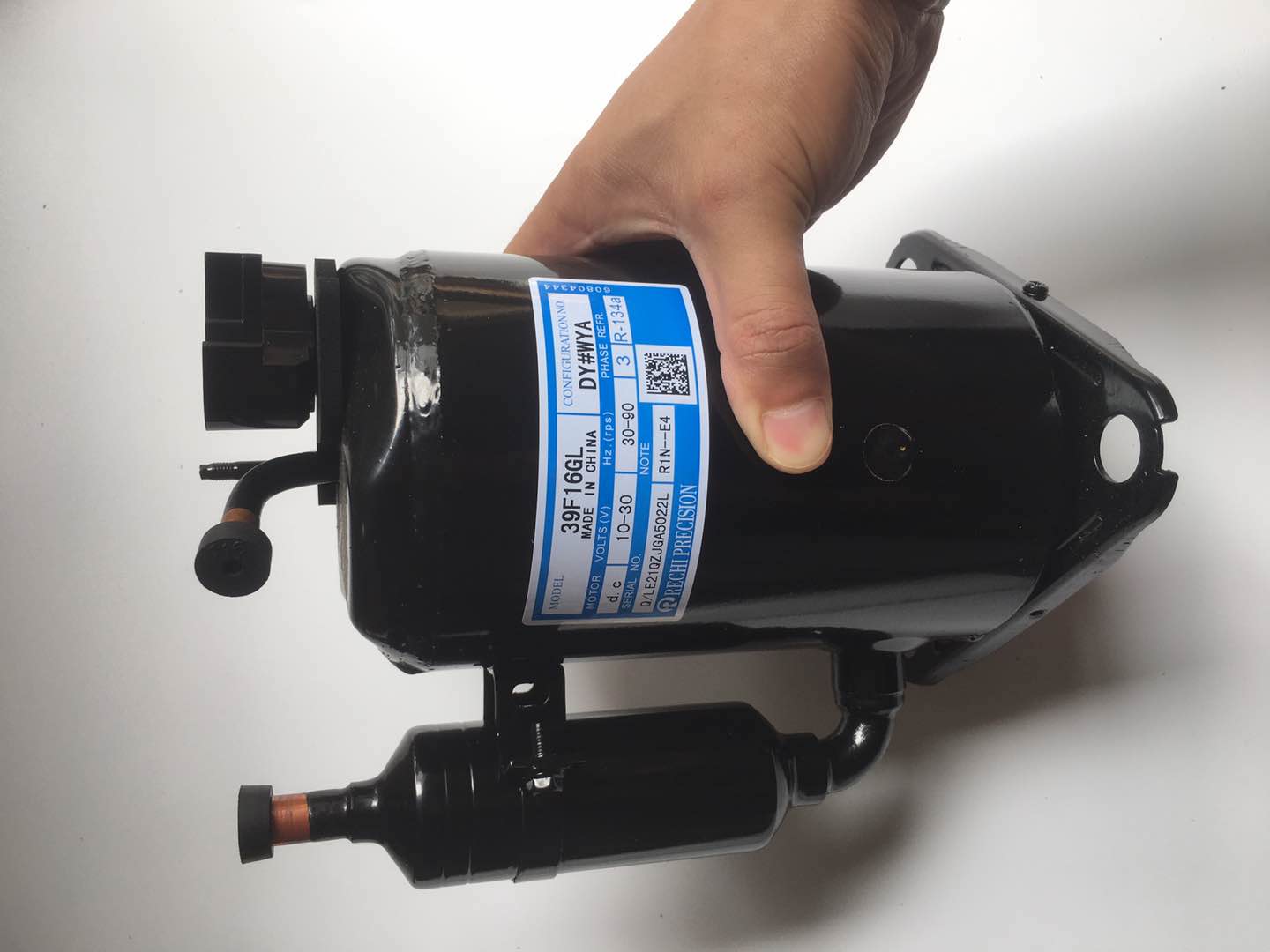
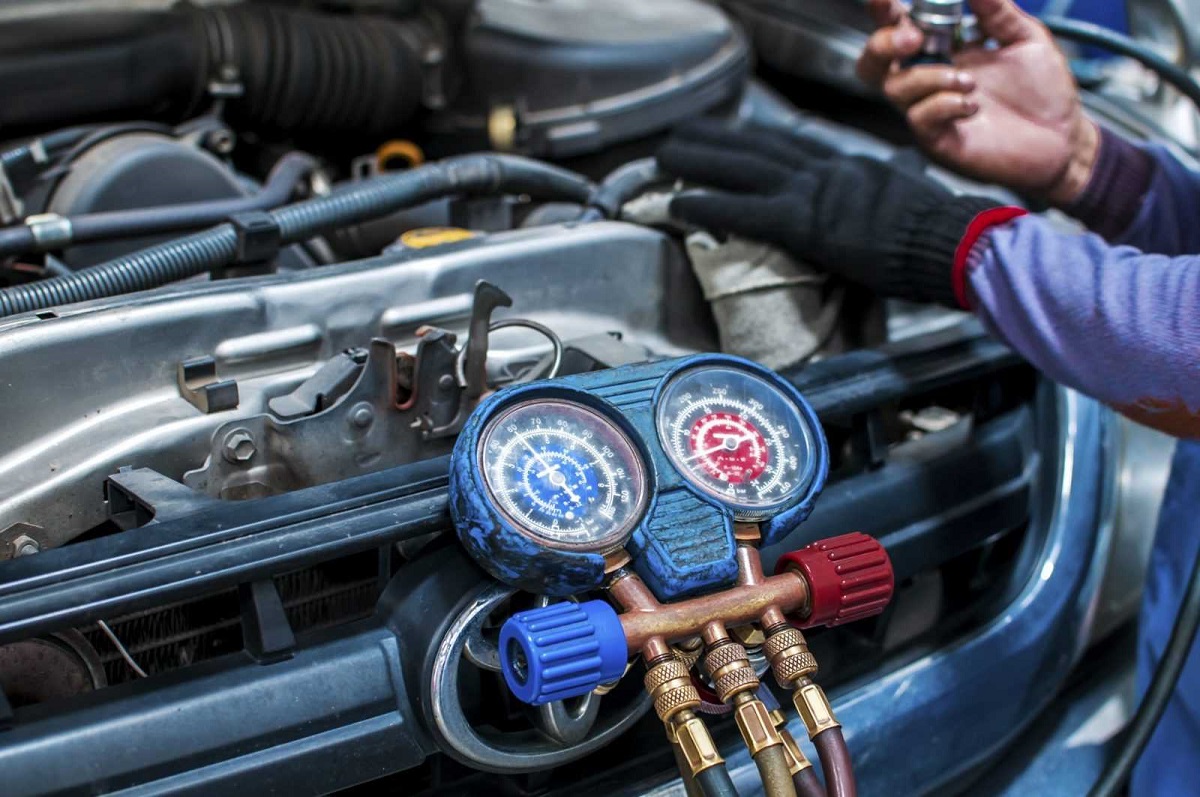


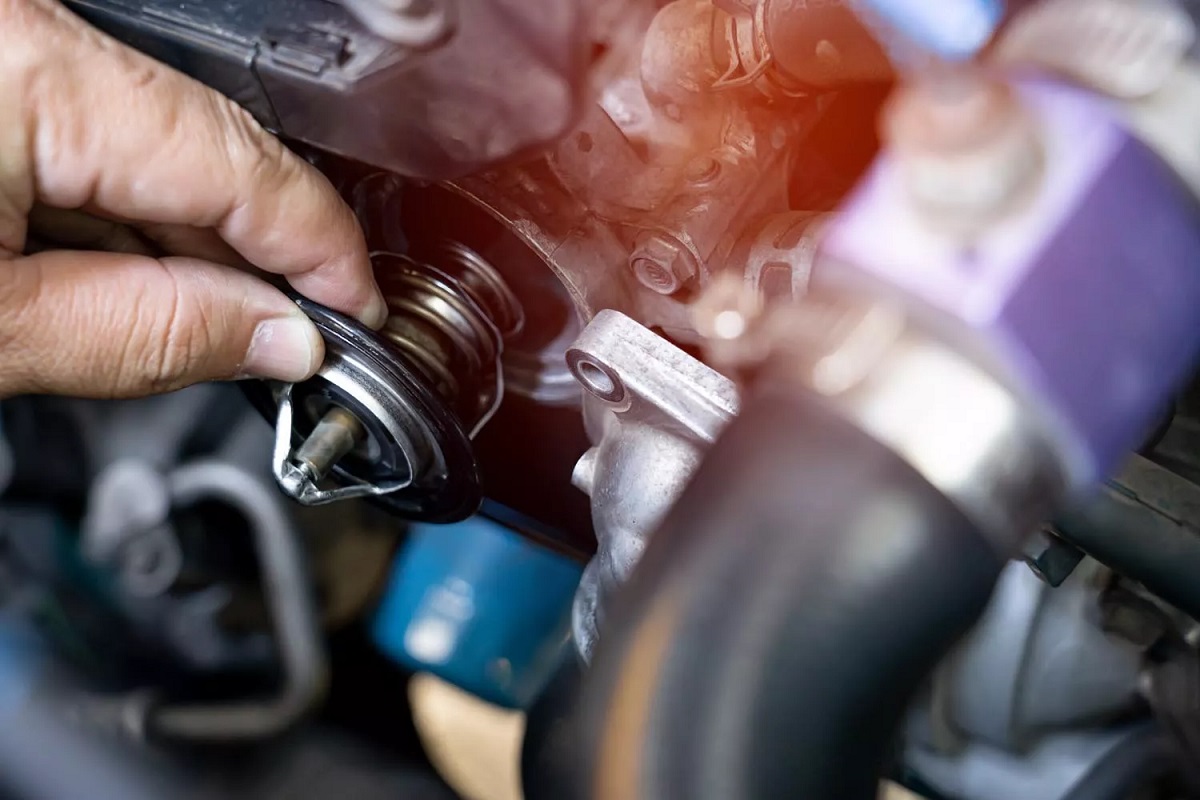


0 thoughts on “How Often To Recharge AC In Car”